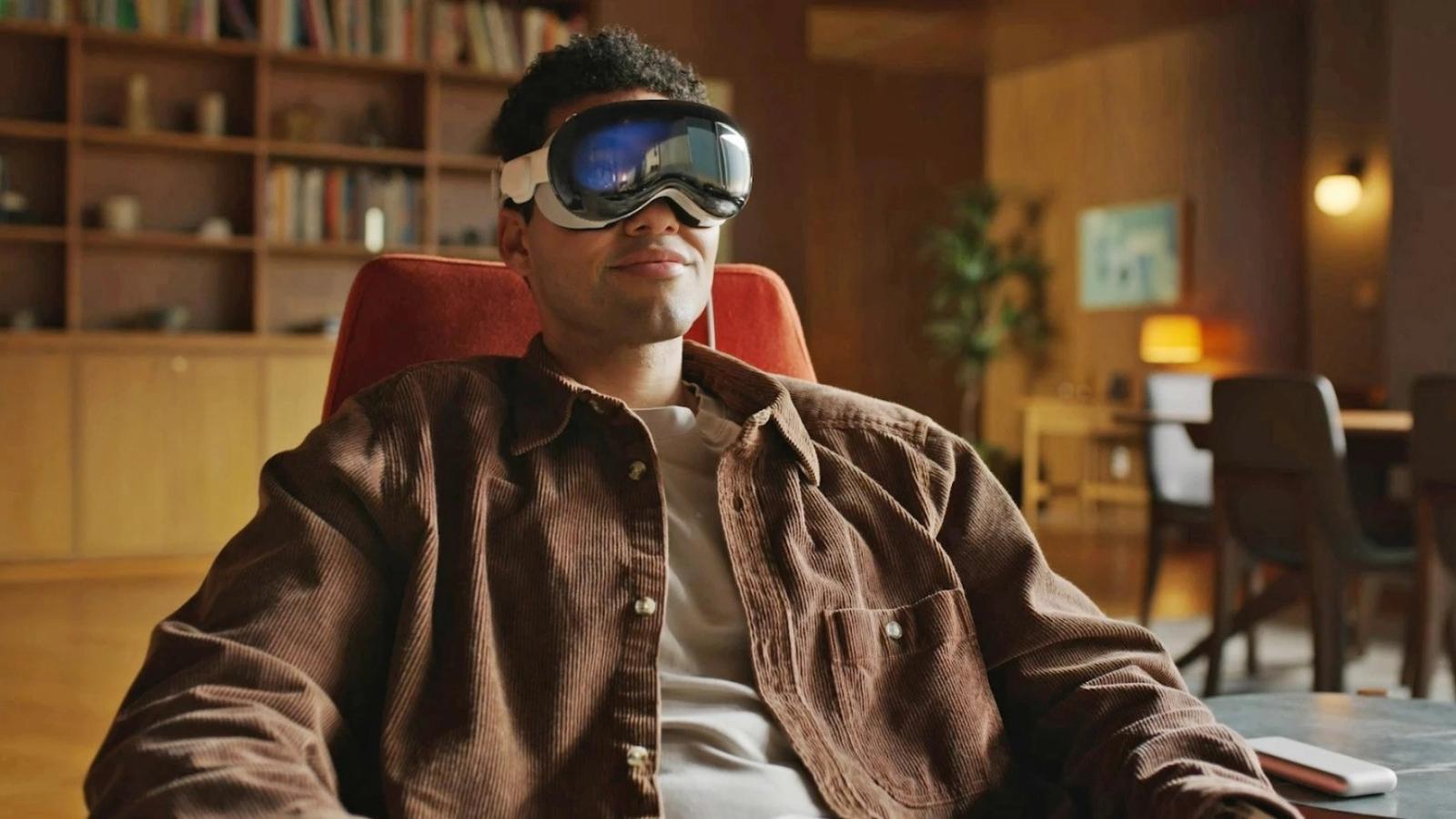Introduction: The Rise of AI Glasses
The world of technology is ever-evolving, and among the latest innovations set to transform our lives are AI glasses. AI glasses aren't a brand innovation for 2024; sports and lifestyle company Bollé launched the Volt+, their first lens developed with artificial intelligence (AI) in 2020. However, the capabilities of smart eyewear are like never before. Let's dive into some more recent models of AI glasses and what we can expect from their launches.
Apple Vision Pro
The Apple Vision Pro is a compact pair underpinned by AI, which supposedly 'seamlessly blends' your digital content and physical environment. They boast a spatial operating system allowing users to navigate content using their voice, eyes, and hands. But will the Apple Vision Pro live up to its expectations? It amassed many opinions during its early launch, so let's dive deeper. Mrwhosetheboss, who has amassed over 15 million YouTube subscribers, dubbed the new headset "the most natural way to interact with a VR or AR headset". However, he also expressed his concerns, stating that "there's already minimal separation between us and our technology" and that "when the device is on your face, there's no escaping it". This marks a severe problem with AI eyewear in general.

However, this doesn't detract from the Apple Vision Pro's state-of-the-art features. For example, its custom micro-OLED display boasts a 23-million pixel resolution, which results in excellent visual clarity and quality. Furthermore, its 3D camera can capture spatial photos and videos, letting users capture, relive, and immerse themselves in their favourite memories.
Ray-Ban Meta Smart Glasses
Unlike the Apple Vision Pro, the Ray-Ban Meta Smart Glasses are readily available to buy, released in October 2023. They have a smaller price tag than other AI glasses, at £299. Unlike the Apple Vision Pro, these glasses come in a wide range of Ray-Ban branded frames, ranging from sunglasses to standard lenses. The Ray-Ban Meta Glasses possess a range of hands-free possibilities with intuitive voice and single-touch controls. These include making calls, listening to podcasts or your favourite music, livestreaming, and capturing photos and videos. What stands out to us is that all these features are built into a compact and unassuming design - they look like they could be an unsuspicious pair of sunglasses.
Meta's first generation of smart glasses was released in 2021 in collaboration with EssilorLuxottica. Still, their new Ray-Ban smart glasses possess improved audio and a new ultra-wide 12 MP camera, which translates to improved quality for your photos and 1080p videos up to 60 seconds and up to 36 hours of use with its charging case. So, what must the critics say about Meta's new eyewear? Critics at Wired say that the image quality of the 12-MP camera is solid, and the colour richness and detail captured are impressive. However, everything always comes out slightly fish-eyed and far more zoomed out than your view of whatever you're shooting. Tom's Guide's review notes that the Ray-Ban Meta Smart Glasses are slimmer and now engineered for better weight balance, pushing back some of the pressure that previously sat in the front frame to the back of the arms in the earlier model. So, although these glasses aren't engineered with nearly as many features as the Apple Vision Pro, they are worth the money for their price tag!
Rokid Max AR Glasses
The last smart glasses we will mention in this article are the Rokid Max AR Glasses. The Rokid Max AR glasses put a big screen in front of your eyes with controls to adjust the focus, serving as a proper wearable monitor that's comfortable and sharp enough for whatever you need to do. They come retail for about £400, so considerably less pricey than the Apple Vision Pro but a tad more expensive than the Meta Smart-glasses. So... are they worth their price tag? Let's dive in. Foremost, they have a 120 Hz refresh rate, which lends a smooth, vibrant display whilst weighing only 75g. They offer professional-grade Acoustics and are Low Blue Light, Low Glare, Flicker Free, and EyeComfort Certified. However, although customers rave about the clear and bright display, there have been compatibility issues since the glasses are only compatible with a narrow range of smartphones. So, it might be worth checking if your device is on the compatibility list before you make this purchase.


